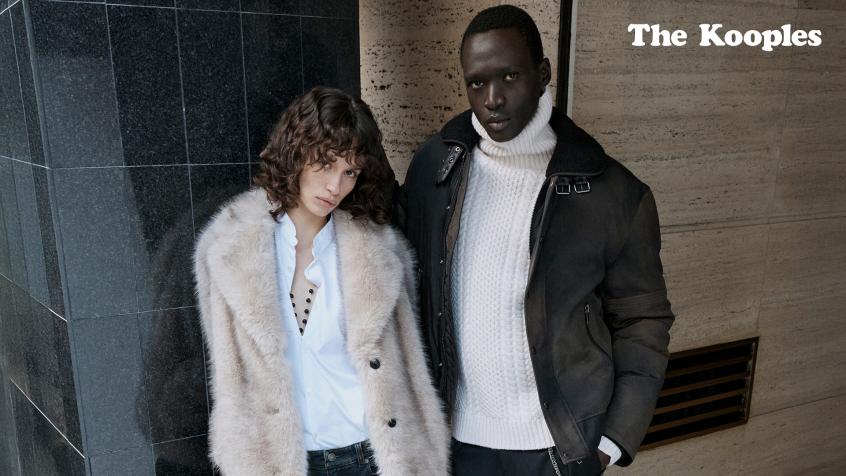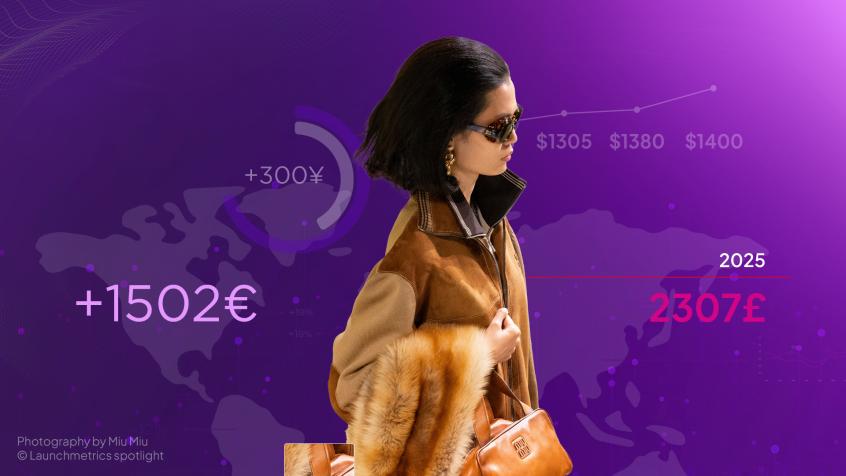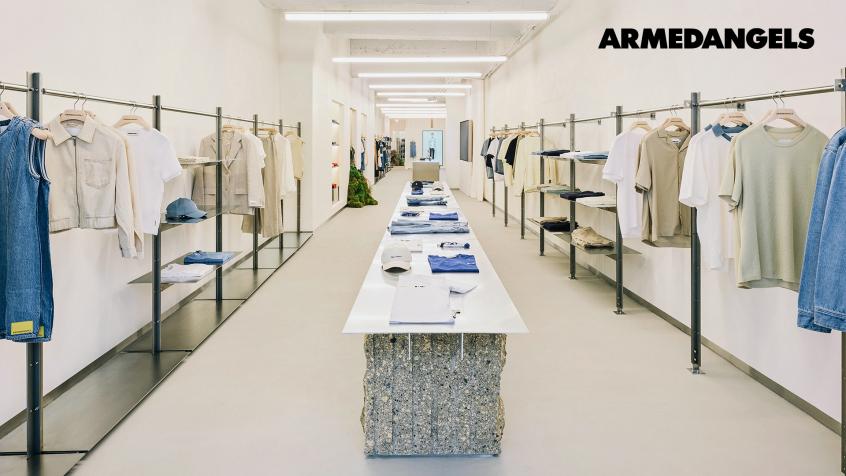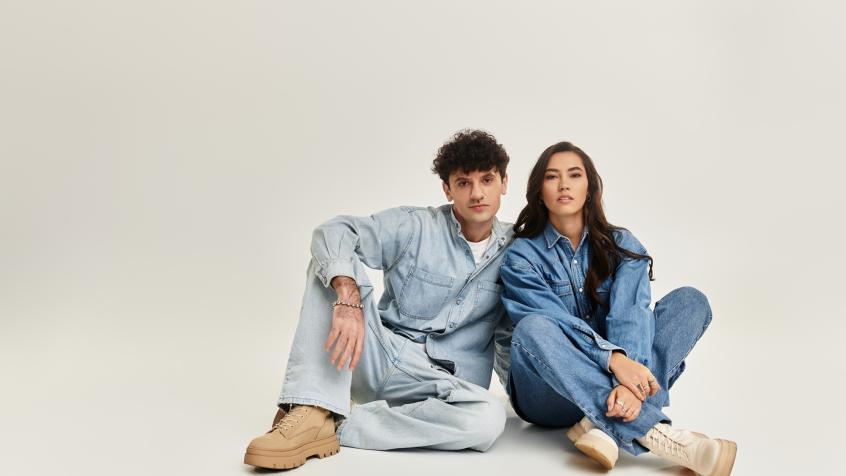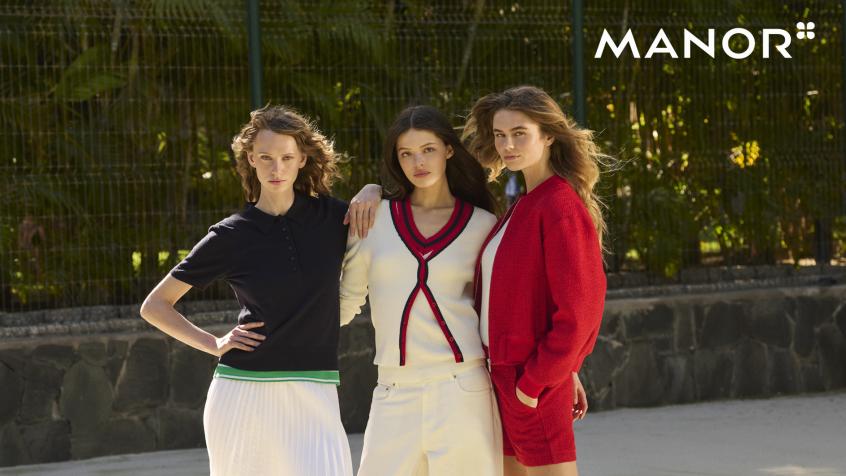Saint Laurent strategy: Iconic brand with competitive pricing
To date, Saint Laurent remains one of the most prestigious fashion houses. What is its strategy now, and how does it stand out among its peers?

Key takeaways
- Saint Laurent strategy is to focus on its leather goods, which generate more than 70% of the Fashion house turnover and represents only 43% of its assortment
- The Iconic smoking tuxedo that made Saint Laurent famous in 1966 is among the most affordable iconic blazers, compared to its competitors
- Saint Laurent strategy to target younger generations with versatile bags and competitive pricing is one of the Fashion house’s strengths
When one thinks about famous luxury fashion houses, chances are one of the first names that come to mind is Yves Saint Laurent. Now known as Saint Laurent after Hedi Slimane’s 2012 rebranding.
Founded in 1961 by Yves Saint Laurent, the French house quickly became well-known thanks to two elements that will forever define Saint Laurent.
First, the rebellious spirit of turning traditionally male fashion elements into womenswear — as seen with the iconic smoking jacket. Second, the launch of ready-to-wear fashion in the luxury market.
Leather goods: 40% of saint laurent’s assortment makes up 71% of its business
According to Kering’s 2020 annual report, Saint Laurent accounts for 14% of the conglomerate’s revenue and generated around €1,74bn in 2020. 71% of which came from leather goods. This demonstrates the importance of that category for the French house.

However, when looking at Saint Laurent’s assortment share in 2020, leather goods only account for 43,5% of the assortment. Isn’t there an opportunity to increase the assortment share in order to better capitalize on the driving assortment? Or is it part of Saint Laurent’s strategy to not exceed a 45% assortment share for leather goods? In comparison, ready-to-wear only accounts for 12% of the share of business — while representing 21,6% of the assortment.
It is noteworthy to mention that the Coronavirus crisis that swept the globe in 2020 could have affected the clothing spending habits of Saint Laurent’s customers.
Yves Saint Laurent smoking: the iconic blazer at a competitive price point
Perhaps Yves Saint Laurent’s most iconic piece is the smoking tuxedo, which shook up the entire fashion world in the 1960s. Le Smoking, the sharply tailored, all-black tuxedo, remains the signature style that defines Yves Saint Laurent’s impact on fashion.

The French designer’s celebration of gender fluidity is still present with the influence of Anthony Vaccarello, Saint Laurent’s current creative director.
Besides, compared with competitors like Prada, Balenciaga, and Loewe in terms of pricing, it is apparent that Saint Laurent’s strategy is to position itself on the lower side of the range.
Then, could this pricing strategy be an attempt by the French fashion house to make their pieces more accessible for young millennials and Gen-Z? Those younger generations are always searching for luxury items — at a more affordable price.
Cross-body bags: multifunctional options at Saint Laurent
Like its competitors, the highest share of Saint Laurent’s strategy in terms of assortment is its leather goods — especially bags. What type of bags are most frequently found at the French fashion house?

Compared to Kering’s sister brands, Balenciaga and Gucci, Saint Laurent has a relatively low share of mini and belt bags, which have been the hottest types for the last few years. Saint Laurent’s share is comparable to Prada’s.
However, the French fashion house stands out with its aim to offer versatility and multifunctional bags for women. The share of cross-body bags, which sometimes include a top handle, is the highest among its competitors and the most important style in its assortment.
Thus, this assortment is perfectly in sync with the DNA of Yves Saint Laurent, which has always aimed to celebrate women in their everyday lives, from working to socializing to vacationing.
Saint Laurent bags pricing: targeting younger generations
Saint Laurent’s pricing pattern is quite similar to what we see with Gucci and Prada when it comes to bags. However, if you look closely, Saint Laurent’s pricing strategy does not stand out from its competitors.

Neither the most affordable nor the most expensive option, Saint Laurent’s pricing is right in the middle. It might be part of Kering’s strategy to boost its appeal among younger generations. According to Bain & Company, Gen-Z spending could make up 40% of the global market for personal luxury goods by 2035.
Also, to satisfy the need for resilience and overindulgence with luxury purchases among Gen-Z and Millenials, Saint Laurent’s strategy to price its goods right in the middle range is a safe choice.
Will Saint Laurent’s strategy leave it stuck in the middle?
With or without Yves, Saint Laurent has always been an iconic fashion house beloved by many consumers. Younger generations might find a new appeal in the brand thanks to its new ambassadors, like Rosé from Black Pink and the K-pop idol’s large fan base. Or thanks to its more affordable pricing compared to competitors like Dior, Chanel, or Louis Vuitton.
Nevertheless, from a fashion and design perspective, Saint Laurent has a great future ahead under Vaccarello’s direction. But one question arises: Is it the best strategy for Saint Laurent to price its assortment in the middle — and risk getting stuck there?
Discover Retviews
Related content
